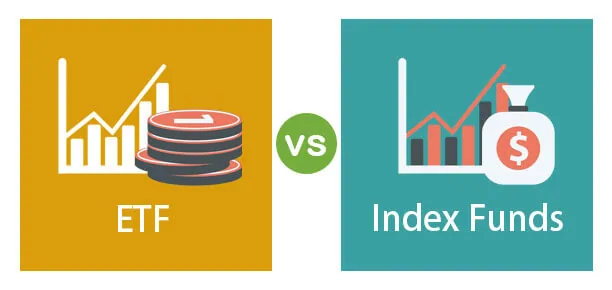Understanding the new Debt Passive Fund Norms

The new norms regarding debt ETFs/index funds will increase the transparency of passive debt funds.
SEBI released a circular on the growth of passive funds, i.e. Exchange Traded Funds (ETFs) and Index Funds. Passive funds as an investment product have gained acceptance among retail investors in India due to their many benefits, such as transparency, diversity, and reduced costs compared to active funds.
As per AMFI’s data, the Net Assets Under Management(AUM) of ETFs excluding gold ETFs in April 2022 was Rs. 4.13 lakh crore, up from Rs.45,899 crores in April 2017. So, in the last five years, the category has witnessed a jump of almost 800%.
Some circular regarding debt passive funds
Corporate debt funds with exposure to corporate bonds, G-Sec funds investing in government securities, and hybrid funds with a mix of corporate bonds and government securities are now the three types of passive debt funds. Debt funds in the passive category currently only invest in AAA-rated instruments.
The SEBI circular establishes portfolio exposure restrictions for each sector, an issuer (based on rating), and a group for each debt fund category. These rules should help reduce the concentration risk in debt ETFs/index funds.
Index Constitution: Debt ETFs and Index Funds

- For the purpose of setting investment limits for a single issuer, group, sector, etc., the index’s parts are added up at the level of the issuer.
- The index methodology will describe each index component’s credit rating and maturity.
- All of the index’s parts must have a rating of investment grade or higher.
- At the issuer level, the index’s components should have enough liquidity and diversification (except for the part of the index made up of G-sec and/or SDLs).
- The index’s constituents must be examined regularly, at least every six months.
- Debt ETFs and Index Funds must track the same debt index.
SEBI has also mandated limits for a single issuer for a debt index except for indices that are based on government securities.
Index with 80% made up of corporate debt securities
If at least 80% of an index’s weight is made up of corporate debt securities, here are the limits for the single issuer:
AAA-rated securities: No one issuer can have more than 15% of the index’s weight.
AA-rated securities: No single issuer can have more than 12.5% of the index’s weight.
Securities with ratings of A or lower: No single issuer can have more than 10% of the index’s weight.
The hybrid index that consists of both government and corporate debt securities with up to 80% weight of corporate debt securities
AAA-rated securities: No one issuer can have more than 10% of the index’s weight. But the limit can be 15% for AAA-rated securities from PSU and AAA-rated securities from Public Financial Institutions issuers.
Securities with an AA rating: No single issuer can have more than 8% of the index’s weight.
Securities with ratings of A or lower: No single issuer can have more than 6% of the index’s weight.
The index cannot have more than 25% of its weight in any one group except for securities issued by Public Sector Units(PSU), Public Financial Institutions(PFI), and Public Sector Banks(PSB).Â
In addition to the above-mentioned limits, no single sector can make up more than 25% of the index’s weight. However, it excludes central and state government securities, treasury bills, and AAA-rated securities issued by PSUs, PFIs and PSBs.
But this rule will not apply to sectoral or theme-based debt indices.
AMCs will have to make sure that all of their debt ETFs/Index Funds have up-to-date lists of the indices’ components and methods on their websites at all times. Also, their websites will have to show the historical data of the securities that make up the indices since the start of the schemes.
Within one month of the date of this circular, AMFI will put out a list of debt indices that can be used to launch debt ETFs or Index Funds.
Tracking Error
SEBI’s circular says that monthly fact sheets for passive funds must include the terms “tracking error” and “tracking difference.” These metrics show how different the fund’s performance is from the underlying index. This is done to keep investors fully informed. The circular tells passive funds how much tracking error and tracking difference they can have.
Disclosure of indicative NAV
Because India’s secondary market for ETFs isn’t very liquid, the prices of ETFs could be very different from the NAV of the fund.
The iNAV of an ETF, which is the NAV per unit based on the current market value of its portfolio during the ETF’s trading hours, must be posted on the exchange continuously.
The iNAV needs to be reported at least four times a day for Debt ETFs. This includes the opening and closing iNAVs, as well as at least two other times during the day, with at least 90 minutes between each report.
Conclusion The acceptance of debt passive funds is growing, and having a set of rules will make it easier for investors to understand the nuances of debt passive funds.
The only money management App you will need
Download Wealthzi app now!



